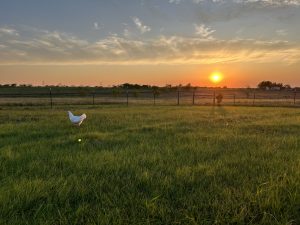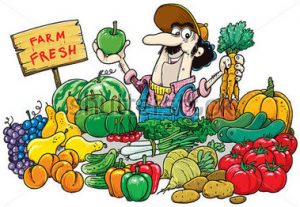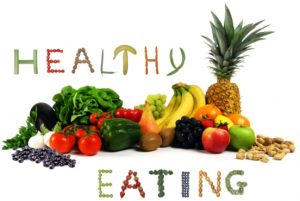I am. I am just different now. I no longer see the mundane as mundane. I see the beauty in the finest of details. I see everything as a learning experience, and I am LIVING. I am living for the first time in my life. I am 48 years old, and I am finally starting to understand.
What I don’t understand is how people live inside their little bubble and never take a moment to really try and understand other human beings. With all of this technology we have become recluses. Recluses who thrive on the drama of other people’s misfortune or we are obsessing over AI modified videos of half-naked men and women instead of being present in our own worlds and seeing how fortunate we are to have REAL people who actually love us, instead of wishing for things we think we want.
When did we lose our connection to humanity? When did we disconnect from those that actually care about what happens to us in favor of strangers who wouldn’t miss a single night’s sleep if we died? When did superficiality become the norm and deep emotional connections become the “ick” factor? Why is it so hard to be good, kind and to treat others the way we expect to be treated.
Yes, That! When did we set double standards? Who do we think we are that we deserve someone to treat us like we are worthy of their attention and in return all we have to give them back is scraps? What the hell makes a person think that they are so special that they want someone to treat them with respect and yet, they are unwilling to reciprocate? This applies to all friendships, family bonds, and intimate relationships. People sure expect a lot but seem to give so little in return. And oddly enough get angry when someone treats them the way they treat others.
I believe in Karma. I believe in God…a higher power. I also embrace Buddhism on some level. I believe that the way you treat others will absolutely be boomeranged back to you seven-fold. If you are good, good Karma comes back to you and vice versa. If you wonder why your life is always full of “bad energy” maybe you should re-examine the way you treat or judge other people. I believe in God. I do believe that there is something bigger than me at play. I believe that we have lessons to learn and that God allows for that. I also believe that maybe, just maybe this is hell. Hell on earth kinda makes sense to me. I imagine hell to be a place full of so much pain, suffering and torture…and I see so much of that here. I think maybe when we fail to grow as beings we are doomed to return and suffer all over again…I think that’s why we have Deja Vu and why strangers seem familiar. Maybe we there in a past life and maybe we did know those people in a lifetime before this one. I believe it to be so. All of these spiritual beliefs can and most likely do co-exist and I do believe that our actions and words dictate the quality of life we live more so than anything money can buy.
I am choosing to be good and kind and treat the world with kindness and the people I meet with love and compassion… not because I am a naturally cheery person, because I fight my own demons every single day, but because I know how fragile people truly are and the last thing in the world I ever want to be is the reason someone is hurting or sad. I refuse to be part of the problem because life is too short to not see the beauty in the moment and not to love with my whole heart … putting it all on the table even though I know this world is cruel and eventually my heart WILL break again, because in the end most of us will suffer loss.
Am I okay? Honestly, maybe I am better than okay. I now feel more deeply than I have ever felt. I love more deeply than I have ever loved. I feel more alive than I ever have before. I make decisions with eyes wide open. I always choose good over evil (and yes, I still have vengeful thoughts when I am hurt. I just choose not to act on them). I am not perfect by any means; I’m just learning that I do not want to be a part of the problem. Even if I stand alone. For the first time in my life I am feeling all of it and it is overwhelming, terrifying, excruciating and exhilarating all at the same time.




 otions, allowing us to grieve and be angry. Then, when the time is right, learn to let go and find a place of peace.
otions, allowing us to grieve and be angry. Then, when the time is right, learn to let go and find a place of peace.